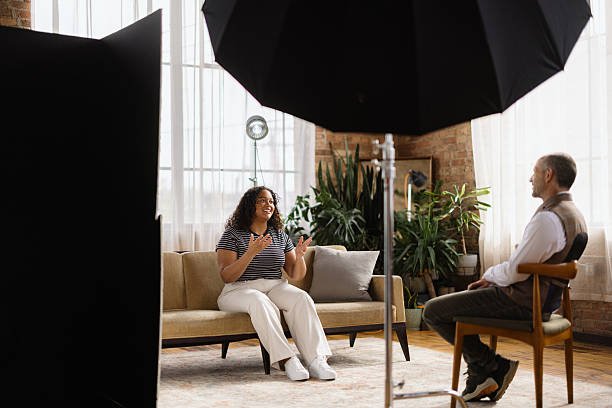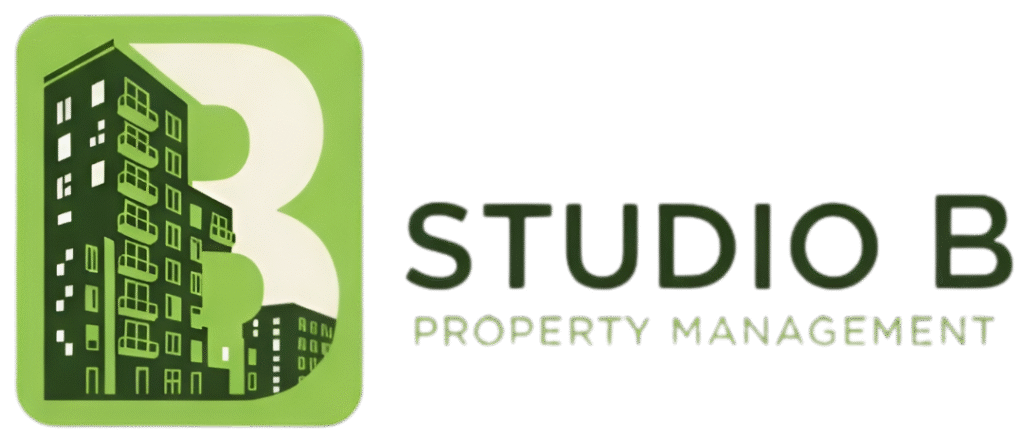Discover Studios, Services & More Across USA | StudioBDTLA
Small Studio Organization Ideas That Work

Working in a small studio space can be a challenge, but with the right organization strategies, even the most compact area can become a powerhouse of productivity and creativity. Whether you’re a photographer, content creator, designer, or musician, having a well-organized studio boosts your focus, workflow, and peace of mind.
Table of Contents
In 2025, efficient use of space is not just a luxury—it’s a necessity. Rising rental costs and the popularity of home-based creative businesses mean many professionals are working in tighter quarters. But with some smart planning and the right tools, you can transform a small studio into a streamlined, functional, and inspiring workspace.
Why Studio Organization Matters
A cluttered studio slows you down, limits your creative options, and adds stress to your workflow. Good organization helps you:
Find what you need faster
Keep your gear safe and functional
Improve visual appeal for clients and content
Maximize productivity and minimize distractions
Stay motivated and in control of your workspace
Let’s explore small studio organization ideas that are practical, budget-friendly, and proven to work.
Use Vertical Space Creatively
One of the most underutilized areas in small studios is the vertical wall space. Instead of crowding your desk or floor with gear and tools, take advantage of the height of your room.
Wall-Mounted Shelving
Install floating shelves above your workstation to store cameras, lenses, audio gear, or props. Use labeled bins or boxes to keep things tidy and dust-free.
Pegboards and Grid Panels
Pegboards are excellent for hanging headphones, tools, cables, and even lighting accessories. Use hooks, baskets, and clips to customize the layout for your workflow.
Overhead Storage
If your ceiling is high enough, add a suspended shelf or ceiling rack for rarely used equipment or props. Just make sure it’s securely installed and doesn’t obstruct lighting or air circulation.
Optimize Furniture Layout for Flow
Rearranging furniture can dramatically improve how you use your space. A well-thought-out layout lets you move smoothly between tasks like shooting, editing, and meeting with clients.
Use Multi-Functional Furniture
Choose furniture that does double duty. A storage ottoman can be both a seat and a gear container. A fold-out desk can save floor space when not in use.
Position Desks and Stations Strategically
Place your primary desk near a window if natural light is available. Keep secondary zones (e.g., photo backdrops, editing station) in corners or against walls to create distinct work zones.
Mobile Workstations
Rolling carts or mobile desks are perfect for small studios. You can move them as needed and store them out of the way when not in use.
Cable Management Made Simple
Tangled cables not only look messy—they’re also a tripping hazard and can lead to damaged gear. Proper cable management is a small effort with big impact.
Use Cable Sleeves and Channels
Bundle cables in flexible sleeves or run them through adhesive wall channels. This keeps your setup clean and easy to maintain.
Label Your Cables
Use colored tags or printed labels to identify each cable. This is especially useful for quick troubleshooting or setup changes.
Hide Power Strips
Mount power strips under your desk or behind shelves to keep plugs accessible but out of sight. Choose surge protectors with USB ports to reduce clutter.
Storage Solutions That Fit Small Spaces
Maximizing your storage is about using every inch wisely. The best storage ideas are those that combine accessibility with space-saving design.
Drawer Units Under the Desk
Low-profile drawer cabinets fit under most desks and provide excellent storage for papers, batteries, filters, or small tools. Add drawer organizers to keep everything in place.
Clear Storage Bins
Transparent bins make it easy to see what’s inside without opening every box. Stackable bins work great for organizing lighting gear, camera accessories, or office supplies.
Vertical Rolling Carts
Three-tier rolling carts are a studio essential. Use them to store paint supplies, cables, backdrops, or cleaning tools. You can easily roll them into a closet or corner when not in use.
Hidden and Foldable Gear Storage
In a small studio, every square inch counts. Consider storage that disappears when you don’t need it.
Foldable Backdrops and Screens
Use collapsible photo backdrops or green screens that tuck away behind a door or under a bed. Wall-mounted backdrop rollers are another great option that saves time and floor space.
Slide-Out Equipment Racks
Install pull-out trays or drawers for storing cameras, microphones, or charging stations. This keeps gear protected and ready to use without cluttering your main workspace.
Hidden Charging Stations
Use drawer inserts or small boxes with built-in cable holes to charge your devices while keeping your desktop clean.
Declutter With a Minimalist Mindset
You don’t need to own every piece of gear—just the gear that adds value to your creative process. Adopting a minimalist approach helps you stay organized long-term.
Conduct Regular Equipment Audits
Once a month, review what you use and what collects dust. Sell, donate, or store away unused items to create more working room.
Keep Your Essentials Front and Center
Store frequently used tools within arm’s reach. Less-used gear can live on higher shelves or in bins.
Digital Decluttering Counts Too
Organize your digital workspace: name files clearly, clean up your desktop, and use cloud storage or external drives to back up your work.
Add Visual Appeal Without the Clutter
Your studio should inspire you. But in a small space, visual elements must be balanced with functionality.
Use Wall Art Sparingly
Hang one or two inspiring pieces of artwork, typography, or framed prints to give your studio personality without overwhelming the space.
Incorporate Natural Elements
A small plant, wood textures, or warm lighting can make a big difference in how your studio feels.
Keep Surfaces Clear
Resist the urge to fill every surface. Empty space is calming and keeps your focus on the task at hand.
Smart Lighting That Doesn’t Eat Up Space
Lighting can take up a lot of room if not chosen carefully. Use solutions that offer professional output without sacrificing floor or desk space.
Wall-Mounted or Clamp Lights
Clamp lights attach to shelves, desks, or tripods to provide powerful lighting without large softboxes. Wall-mounted sconces also offer a sleek solution.
LED Light Strips
Install LED strips under shelves, behind monitors, or along the floor to add ambient light and make the space feel larger.
Compact Light Panels
Look for small, high-output LED panels with app control to adjust brightness and temperature. These fit neatly on desks or tripods and can be stored easily.
Create Zones Within One Room
Even a single-room studio can feel spacious if you define areas by function.
Audio and Recording Corner
Designate a small area for your mic, headphones, and audio gear. Use foam panels or acoustic blankets to create sound isolation without building walls.
Creative Workbench
Use a narrow table or fold-out surface for messy work like painting, soldering, or gear maintenance.
Client or Collaboration Spot
Add a stool, small chair, or bench for clients, models, or collaborators to sit while reviewing your work or participating in a session.
Final Tips for Small Studio Organization
The best organization systems are the ones that evolve with your workflow. Be flexible. Tweak your layout as your needs change. Don’t aim for perfection—aim for functionality.
Take 10 minutes each day to tidy up your space
Label storage clearly and logically
Invest in quality storage pieces instead of accumulating cheap ones
Use vertical dividers or partitions if you share the space
Keep cables and chargers standardized and color-coded
Final Thoughts
Small studio spaces can be just as powerful and productive as larger ones when organized effectively. With intentional design, smart storage, and a minimalist mindset, you can transform a tight room into a creative sanctuary that supports your goals.
In 2025, flexibility is key. The best studios adapt quickly—so build a space that’s ready for your evolving ideas, clients, and content. Whether you’re upgrading a corner of your home or optimizing a compact commercial space, these small studio organization ideas will help you make the most of every square foot.
Need help designing a layout for your unique space? Share your dimensions and creative goals, and I’ll help you customize a studio plan that works beautifully.
